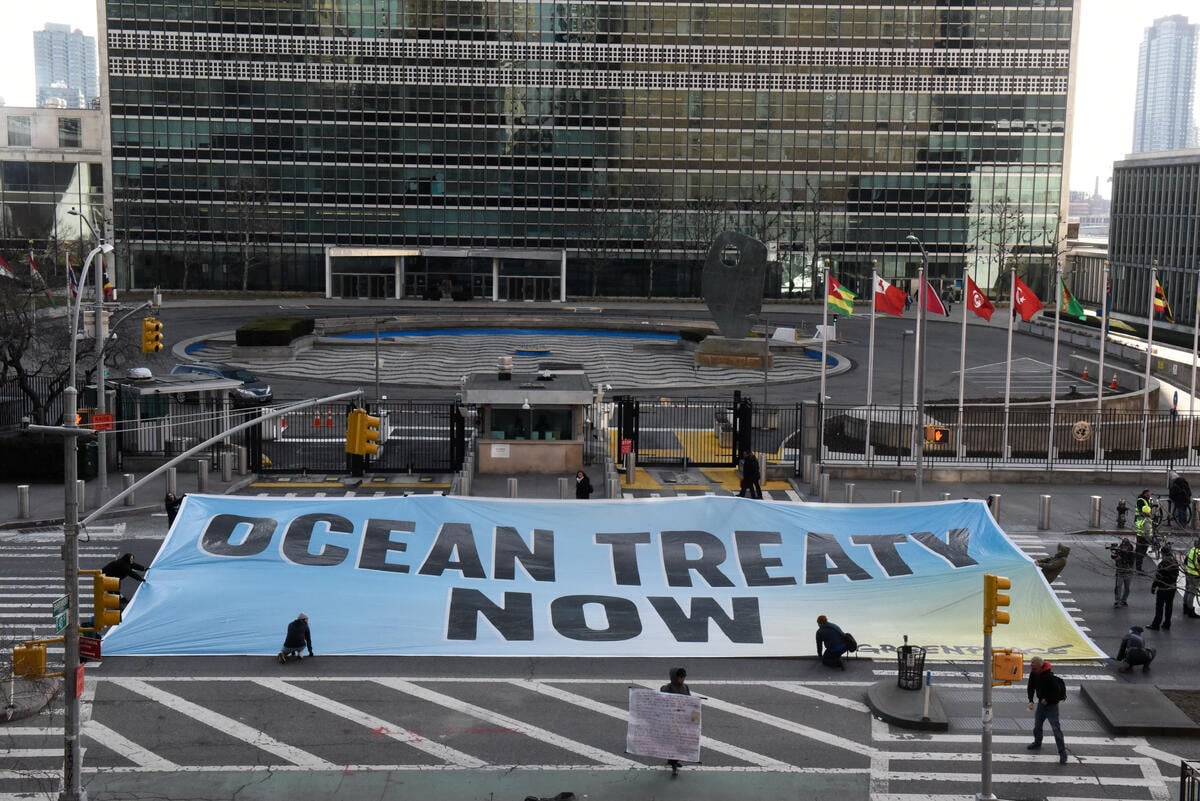The Indian Ocean is a crucial ecosystem in the race to protect the high seas. From safeguarding marine biodiversity to promoting sustainable, socially responsible fishing, the changes needed to protect the Indian Ocean could pave the way for ocean protection the world over. In this report, we will focus on fishing pressure on the high seas of the western Indian Ocean; the threats this industry poses to biodiversity and livelihoods, and the need to transform ocean governance with a Global Ocean Treaty.
This region is home to immense biodiversity. It contains 30% of global coral reef cover, 40,000 square kilometers of mangroves, some of the world’s largest estuaries, and nine large marine ecosystems. Yet the region suffers from a multitude of destructive fishing activities. A Greenpeace report on tuna fisheries released in 1993 described how the tuna industry has “been allowed to develop under a philosophy that ocean life is limitless and available without restraint for private profit.” The continued development of the global tuna industry, including in the Indian Ocean, over the last three decades has shown that statement to sadly remain true.
Across the global oceans, fish populations have been decimated by industrial fishing and marine habitats are reeling from the cumulative impacts of overexploitation and climate breakdown. The Indian Ocean is a frontline for these crises. The climate emergency is transforming the region, multiplying the pressures already exerted on wildlife and local communities by the industrial fishing vessels that plunder the high seas. It is estimated that around one third of the assessed fish populations in the Indian Ocean are overfished.
Download the full report here: High Stakes



